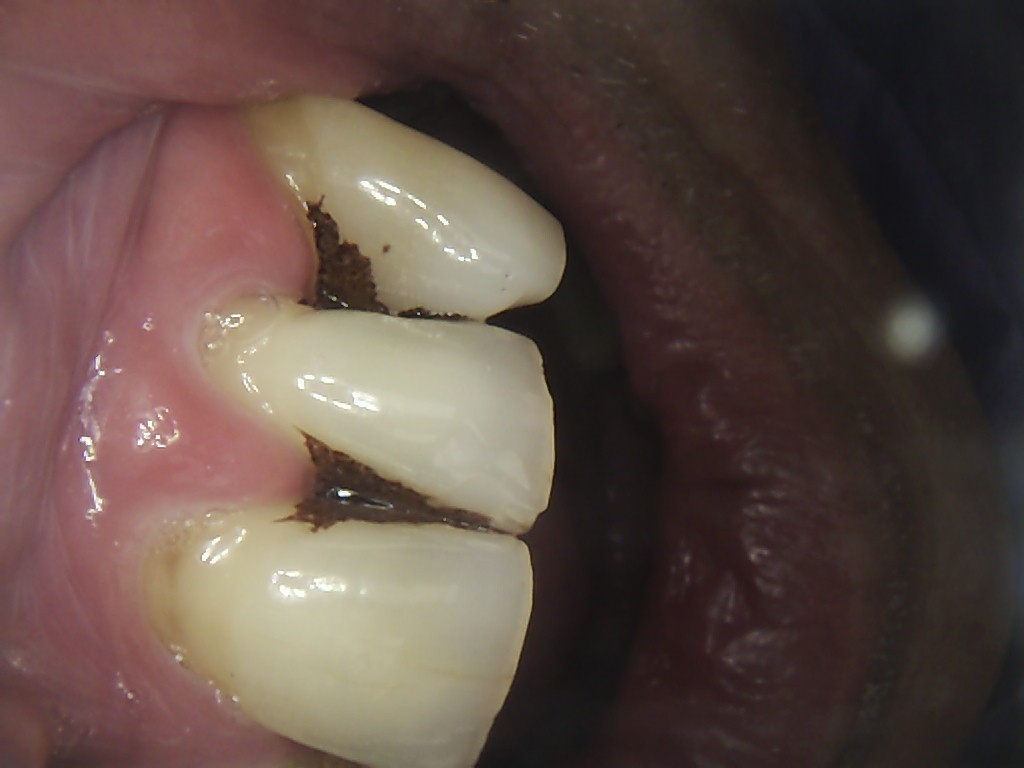
If you’re like most people, you probably don’t know the difference between cavity and stain. You may not even be able to tell which one you have! In this article, we will discuss the differences between cavity and stain, how to tell which one you have, and what to do if you have either. We’ll also provide some helpful tips on how to prevent cavities and stains from forming in the first place!
What are Cavities and Stains?
Cavities and stains are completely different in how they form. Cavities are damage to your tooth enamel, while stains are only discolorations. Cavities occur when bacteria in your mouth form acids that eat away at your tooth enamel. Over time, this can lead to a hole in your tooth called a cavity. If left untreated, cavities can cause pain, infection, and even tooth loss. Stains, on the other hand, are simply discoloration of your teeth that can be removed with proper dental care.
How to Tell if You Have a Cavity vs Stain



Texture
If you were to poke at the supposed location of a cavity or stain you would notice a clear difference between the two. A cavity will feel like a small hole or depression in your tooth, while a stain will not. This is because cavities are actual damage to your tooth enamel
Additionally, cavities tend to be softer and stickier than the normal surface of a tooth. This is because cavity-causing bacteria release acids that make your tooth enamel weaker. In contrast, a stain will have the same texture as the rest of your tooth.
Size and Location
Cavities are usually small at first but can grow over time if they are not treated or cleaned properly. They can form anywhere on your tooth but are most common in the back teeth (molars) where they are harder to see. Any location that is difficult to clean, such as ridges, is also more susceptible to cavities.
Stains, on the other hand, can vary in size and location. They can be large or small and can form anywhere on your tooth surface. They typically will not grow in a controlled manner like cavities can.
Color
Cavities are usually a light brown or dark yellow color. This is because they are damage to your tooth enamel which is typically a light-colored substance.
Stains can tend to be a darker brown to blackish color. This is because they are simply discoloration of your tooth and not actual damage.
Sensitivity
Cavities can cause your tooth to be sensitive to hot, cold, or sweet foods and drinks. This is because the cavity is exposing the sensitive inner layers of your tooth to these stimuli. In a healthy tooth, your enamel protects these inner layers from temperature and sweet sensitivities. When a cavity eats through your enamel it exposes the inner layer known as dentin and causes sensitivity.
Stains typically will not cause any sensitivity because they are only on the surface of your tooth. Your enamel is still intact and protecting the inner layers of your tooth.
Other Differences Between Cavities vs Stains
Different Causes
Cavities and stains also have widely different causes.
Cavities are caused by bacteria in your mouth that release acids. These acids eat away at your tooth enamel and over time can cause a cavity. The risk factors for cavities include poor oral hygiene, sugary foods and drinks, acidic foods and drinks, dry mouth, and certain medical conditions and medications.
Stains are simply discoloration of your teeth that can be caused by many things including food, drink, tobacco use, medication use, and aging. Some people are more susceptible to stains than others due to the inherent color of their teeth or lifestyle choices.
Different Treatment
The treatment for cavities and stains will also differ.
Cavities need to be treated by a dentist. The most common way to treat a cavity is with a dental filling. The dentist will remove the cavity-causing bacteria and damaged tooth enamel and then fill the cavity with a dental filling material. If a cavity is restricted to the enamel, the outermost layer of the tooth, then its progress can be stopped and/or reversed through good oral hygiene and/or the application of fluoride.
Stains can be removed at home with proper dental care or by professional teeth cleaning at the dentist’s office. Good oral hygiene habits including brushing twice a day, flossing daily, and using mouthwash can help remove surface stains. You can also use whitening toothpaste or get your teeth professionally whitened by a dentist.
Disclaimer
The contents of this website, such as text, graphics, images, and other material are for informational purposes only and are not intended to be substituted for professional medical advice, diagnosis, or treatment. Nothing on this website constitutes the practice of medicine, law or any other regulated profession.
No two mouths are the same, and each oral situation is unique. As such, it isn’t possible to give comprehensive advice or diagnose oral conditions based on articles alone. The best way to ensure you’re getting the best dental care possible is to visit a dentist in person for an examination and consultation.
SAVE TIME AND MONEY AT ANY DENTIST

Less dental work is healthier for you. Learn what you can do to minimize the cost of dental procedures and avoid the dentist altogether!

